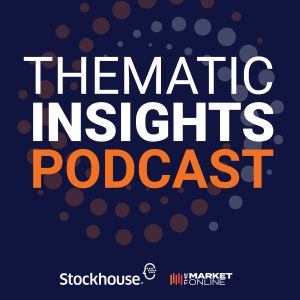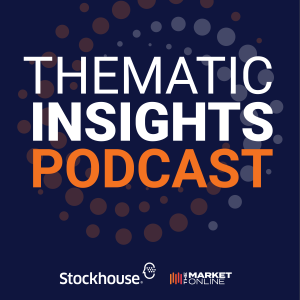Episodes

Monday Mar 24, 2025
The 5-Minute Investor Podcast, Ep. 3: Booze and concrete
Monday Mar 24, 2025
Monday Mar 24, 2025
On this episode, Trevor Abes and Jonathon Brown discuss two stocks they believe are worth deeper due diligence for investors.

Monday Mar 17, 2025
The 5-Minute Investor Podcast, Ep. 2: Envelopes and space travel
Monday Mar 17, 2025
Monday Mar 17, 2025
A quick rundown of several news making Canadian stocks that should be considered for your portfolio.

Friday Jul 12, 2024
Mid-Year Gold & Energy Update: July 15, 2024
Friday Jul 12, 2024
Friday Jul 12, 2024
Welcome to our mid-year update podcast. In this episode, Jeff Neilson and Coreena Robertson dive into the latest trends and insights shaping the gold and energy markets. We examine the performance of gold, strategic opportunities in oil and gas, and the promising future of nuclear power.
Stay ahead of market shifts with in-depth analysis, actionable investment strategies, and expert commentary. Whether you're a seasoned investor or just starting out, our Thematic Investor Insights podcast and report provides the knowledge you need to navigate today's dynamic investment landscape.
Don't forget to click subscribe so you never miss an episode.

Monday May 06, 2024
Full Report: The Future of Energy
Monday May 06, 2024
Monday May 06, 2024
Want to read our Energy report but don't have the time? Now you can listen to our full reports on the go.
Don't forget to click subscribe so that you never miss an episode.

Tuesday Apr 30, 2024

Wednesday Mar 20, 2024
Stock market close - March 20, 2024
Wednesday Mar 20, 2024
Wednesday Mar 20, 2024
Stock market close - March 20, 2024

Tuesday Mar 19, 2024
Stock market close - Mar 19, 2024
Tuesday Mar 19, 2024
Tuesday Mar 19, 2024
Stock market close - Mar 19, 2024

Friday Mar 15, 2024
Stockhouse: March 15 2024 Stock Market Close
Friday Mar 15, 2024
Friday Mar 15, 2024
Stockhouse: March 15 2024 Stock Market Close

